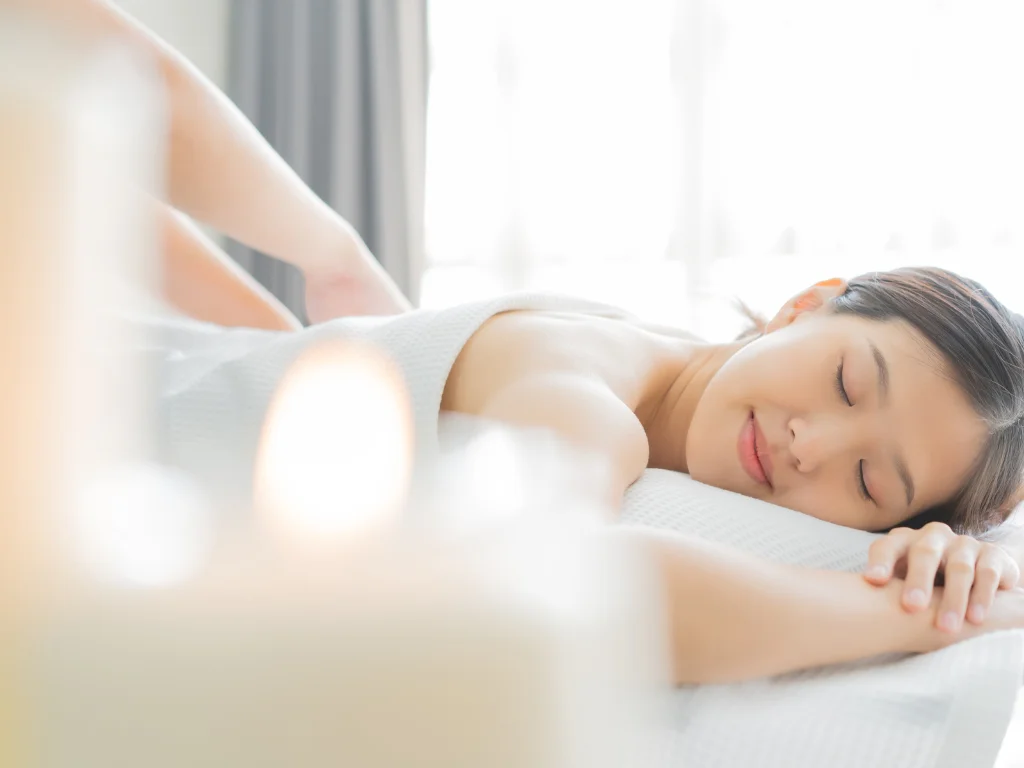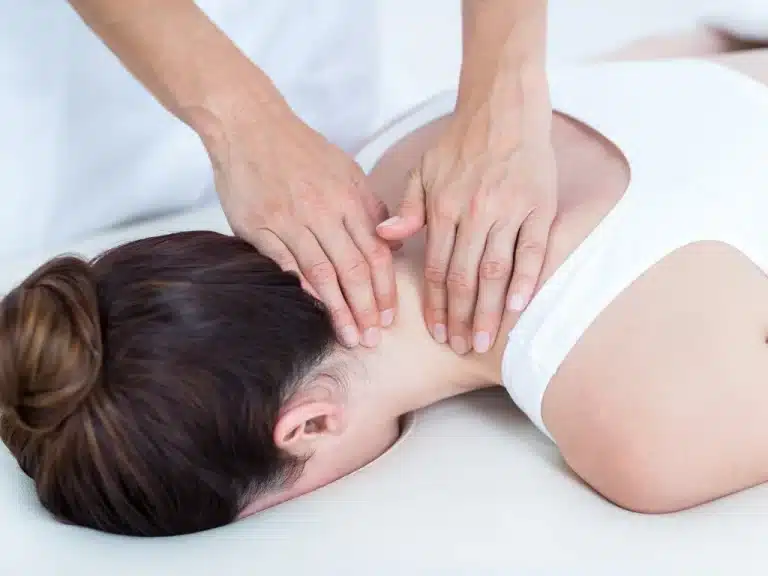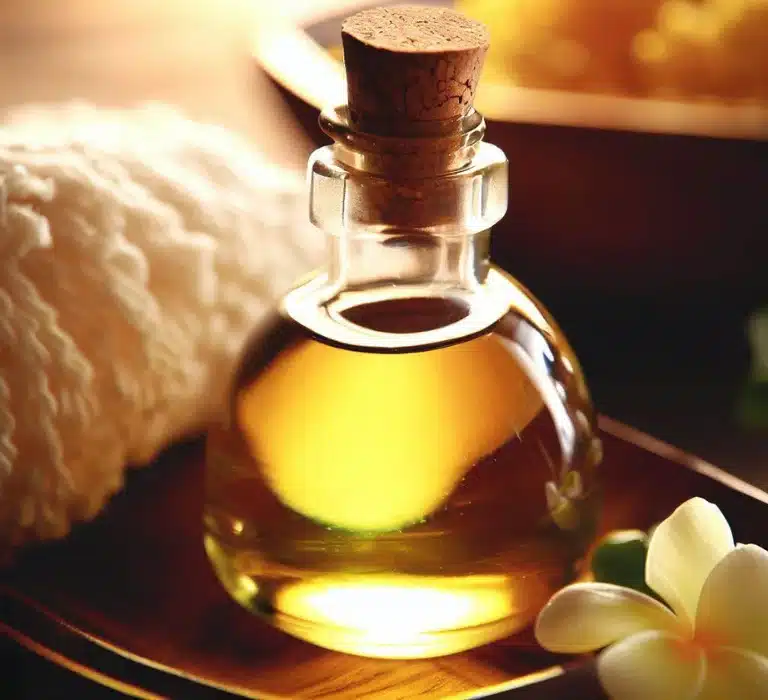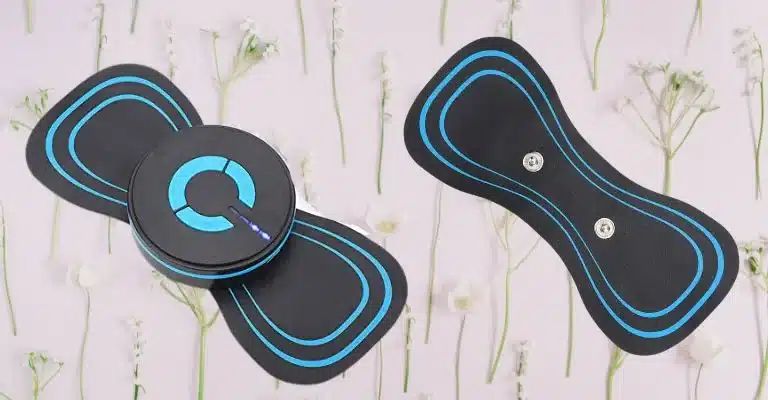Healing Mind and Body: Top 10 Benefits of Asian Massage
Discover the top 10 benefits of Asian Massage for your body and mind. Improve your health and well-being with this ancient therapy. Click to learn more!
Asian massage is a broad term encompassing various massage techniques that originated in Asia, such as Chinese , Thai , Japanese Shiatsu, and Indonesian massage. These techniques share some similarities, such as the use of pressure points and the focus on energy flow throughout the body. However, each technique has its own unique features and benefits.
General benefits of Asian massage:
- Reduces stress and anxiety: Asian massage can help to relax the body and mind, reduce stress and anxiety, and improve sleep quality.
- Relieves pain: It can help to relieve pain from a variety of conditions, including muscle pain, headaches, and back pain.
- Improves circulation: Getting an Asian massage can enhance blood circulation, ultimately contributing to better health and well-being.
- Boosts the immune system: Massage therapy originating from Asia can enhance the immune system and increase the body’s resistance to infections.
- Increases flexibility and range of motion: It can assist in boosting flexibility and range of motion in the joints.
- Promotes relaxation and well-being: IT can help to promote relaxation and well-being, both physically and mentally.
These general benefits, specific Asian techniques may offer additional benefits. For example, Chinese is often used to treat specific health conditions, such as digestive, respiratory, and menstrual cramps. Thai massage is known for its deep stretching and yoga-like poses. Japanese Shiatsu is known for its focus on pressure points and energy flow. Indonesian is known for its use of essential oils and its focus on relaxation.
If you are considering trying it, be sure to do your research and choose a qualified therapist. You should also communicate your specific needs and goals to your therapist so that they can tailor the massage to your individual needs.
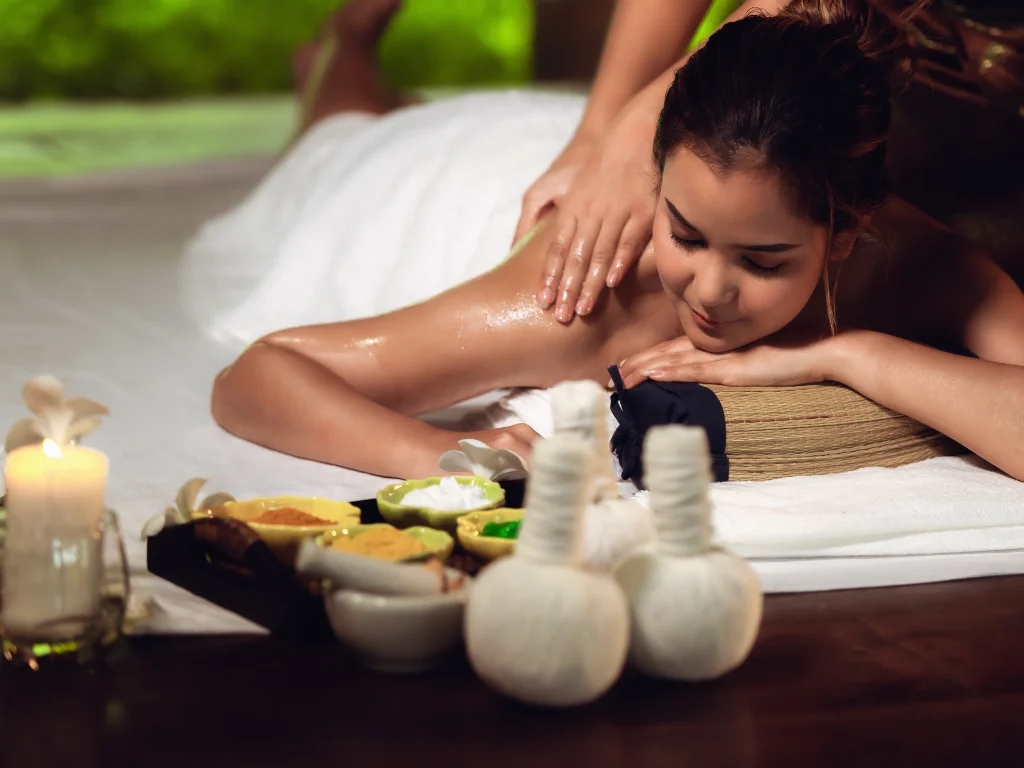
Types of Asian massage
- Asian Foot Massage:
- Asian Foot Massage, or reflexology, is a technique focusing on the feet and hands. The practitioner applies pressure to specific points on the feet and hands that correspond to different organs and systems in the body. Asian Foot Massage aims to improve circulation, promote relaxation, and stimulate the body’s natural healing processes.
- Hot Stone Massage:
- Hot Stone Massage is a technique that involves the use of heated stones to help relieve muscle tension and promote relaxation. The stones are typically basalt stones heated in water and then placed on specific points of the body. The heat from the rocks can help improve circulation, reduce inflammation, and promote deep relaxation.
- Couples Massage:
- Couples Massage is a technique that is performed on two people at the same time in the same room. The massage can be any style, but the focus is on providing a relaxing and intimate experience for both partners. It can be a great way to bond with a partner and reduce stress and tension.
- Deep Tissue Massage:
- Deep Tissue Massage is a technique that targets the deeper layers of muscle and connective tissue. The practitioner uses firm pressure and slow strokes to help release chronic muscle tension and knots. Deep Tissue Massage can relieve chronic pain, improve mobility, and reduce stress.
- Aromatherapy Massage:
- Aromatherapy Massage is a technique that uses essential oils to promote relaxation and healing. The practitioner may use various essential oils depending on the client’s needs. Aromatherapy Massage can help reduce stress, improve mood, and promote overall well-being.
Different Techniques Used in Asian Massage
Asian massage incorporates a variety of techniques to provide a holistic healing experience. Here are some of the most common methods used in Asian massage:
- Acupressure:
- This technique involves applying pressure to specific points along the body’s energy meridians to stimulate the flow of Qi and relieve tension.
- Kneading:
- This technique involves using the fingers, palms, and knuckles to knead and manipulate the muscles, helping to release tension and improve circulation.
- Cupping:
- This technique uses cups to create a vacuum over specific body areas, promoting blood flow and relieving muscle tension.
- Gua Sha:
- This technique uses a tool to scrape the skin, promoting blood flow and releasing muscle and connective tissue tension.
- Stretching:
- This technique gently stretches the muscles to improve flexibility and relieve tension.
Benefits of Asian Massage
- Stress relief:
- It can help reduce stress and promote relaxation by releasing muscle tension and increasing blood flow.
- Pain relief:
- The therapeutic techniques used in Asian massage can help alleviate pain caused by arthritis, back pain, and migraines.
- Improved circulation:
- It can stimulate the circulatory system and promote the flow of oxygen and nutrients throughout the body.
- Increased flexibility:
- Regular it can help improve joint mobility and flexibility, benefiting athletes and those with certain medical conditions.
- Boosted immune system:
- By stimulating the lymphatic system, It can help to increase the body’s natural defense mechanisms and improve overall health.
- Improved posture:
- Poor posture can cause various problems, from back pain to headaches. It can help to improve posture by releasing tension and correcting alignment issues.
- Mental clarity:
- It can help calm the mind and promote mental clarity, benefiting those who struggle with anxiety or stress-related conditions.
- Enhanced energy:
- By promoting the flow of energy throughout the body, It can help to boost vitality and reduce fatigue.
- Better sleep:
- Asian massage can help to improve sleep quality and promote more profound, restful sleep.
- Overall well-being:
- By addressing physical, mental, and emotional issues, It can help to promote general well-being and improve quality of life.
Asian Massage vs. Swedish:
Asian and Swedish are two popular types of massage therapy that differ in their techniques, origins, and intended outcomes. Asian draws from traditional healing practices of countries such as China, Japan, and Thailand, while Swedish is a Western style of massage developed in Sweden.
Asian Massage:
Pros:
- Focuses on the flow of energy throughout the body
- It can help reduce stress and anxiety
- It may provide relief from muscle tension and pain
- Incorporates stretching and acupressure techniques
Cons:
- It may not be suitable for individuals with certain medical conditions or injuries
- It may require the recipient to remove clothing
- It may be more intense than the Swedish
Swedish Massage:
Pros:
- Offers relaxation and stress relief
- Can improve circulation and range of motion
- It can help alleviate muscle tension and pain
- Typically uses long, smooth strokes that feel gentle and relaxing
Cons:
- It may not provide the same level of deep tissue work as Asian massage
- It may not be as effective for individuals with chronic pain
- May not incorporate stretching or acupressure techniques
Comparison Table:
| Asian Massage | Swedish Massage | |
|---|---|---|
| Origin | Draws from traditional healing practices of countries such as China, Japan, and Thailand. | Developed in Sweden as a Western style of massage. |
| Techniques | Incorporates stretching and acupressure techniques. | Typically uses long, smooth strokes. |
| Benefits | It may be more intense than Swedish massage. | It focuses on relaxation and improving circulation. |
| Focus | Focuses on the flow of energy throughout the body. | It may not be suitable for individuals with certain medical conditions or injuries. |
| Intensity | It offers relaxation and stress relief and can improve circulation and range of motion. | Typically uses lighter pressure. |
| Suitability | It may require the recipient to remove clothing. | Generally suitable for most people. |
| Clothing Required | May require the recipient to remove clothing. | Typically, the recipient can keep their clothes on. |
Final Thoughts:
Asian massage is a centuries-old practice widespread today for its many benefits, including relaxation, pain relief, and stress reduction. With so many different types of Asian massage available, there is something for everyone. Whether you’re looking to relieve a specific area of tension or want to unwind, Asian massage can be an excellent choice.
However, choosing a reputable and experienced practitioner is essential to ensure you receive the best treatment.
To access additional articles related to ‘Hot Tub & Patio‘ or to read more posts related to this topic, please visit the Massage category.
Common Queries:
Q: Is Asian massage safe?
A: Asian massage is generally safe when performed by a trained and experienced practitioner. However, choosing a reputable establishment and communicating any health concerns or medical conditions before your treatment is essential. Asian massage workers.
Q: What should I expect during an Asian massage?
A: During an Asian massage, you can expect to lie on a comfortable table or mat while the practitioner uses various techniques, including stretching, pressure, and kneading, to manipulate your muscles and promote relaxation. You may be asked to wear loose clothing or provided with a robe or towel.
Q: How often should I receive an Asian massage?
A: The frequency of Asian massage treatments depends on your needs and goals. Some people receive massage therapy regularly, such as once a week or once a month, while others may only need occasional treatments.
Q: Can Asian massage help with specific health conditions?
A: Asian massage may benefit various health conditions, including chronic pain, headaches, anxiety, and depression. However, talking to your healthcare provider before starting new treatments or therapies is essential.







